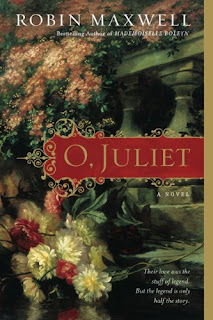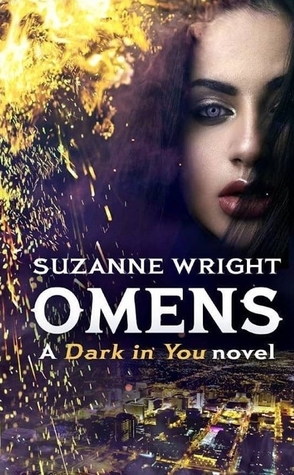 Judith’s review of O Juliet by Robin Maxwell
Judith’s review of O Juliet by Robin Maxwell
Before Juliet Capelletti lie two futures: a traditionally loveless marriage to her father’s business partner or the fulfillment of her poetic dreams, inspired by the great Dante. Unlike her beloved friend Lucrezia, who looks forward to her arranged marriage into the Medici dynasty, Juliet has a wild, romantic imagination that takes flight in the privacy of her bedchamber and on her garden balcony.
Most of us are familiar with Shakespeare’s classic tragedy, Romeo & Juliet. Like the stories told about the Titanic, no matter how one relates this story, no matter the setting or the name changes, no matter how the personalities and characters are expanded and details of the story are given greater shape and form, this is and always will be a premiere example of a Greek tragedy—the antipathy of the two families for one another consistently overshadows the beauty of the love of these two creative people. I started reading this version of the classic tale knowing how it was going to end. It was a sad experience for me and I had difficulty reading it. I have that same feeling about Pearl Harbor and the Titanic and so many other historical events that have been turned into historical fiction. No matter how often you read the story, the ending never changes.
It is to Robin Maxwell’s credit that the story is colorful, the characters are engaging and made real within that Renaissance context, and the literary window that is created into their culture and tradition is clear and well-defined. The reader is able to enter into the story somewhat more easily because it is told, not in Elizabethan English, but in contemporary language and in ways that allow our modern imaginations to visualize the beauty of the Florentine countryside and the artful décor of their homes, villas and palaces, and a wonderful word picture of the great cathedral that has dominated Florence for centuries. The author has put the reader squarely into the politics of Florence which is under the caring, careful, and beneficent oversight of Cosimo de Medici, one of the great “fathers” of the Renaissance and grandfather of Lorenzo the Magnificent who was patron to Michelangelo Buonorotti.
There is so much in this book that is delightful and positive. It is beautifully written and in so many ways it is a joy to read. But I never got past the sadness of knowing that so much happened to these two glorious young people that didn’t have to happen. Their love was stillborn before they even knew the joy of their own home, their own family, a future of any size or magnitude. Perhaps that is the true tragedy: they story stands as the symbol for all who come to the brink of adulthood with dreams and hopes, and the hurt and pain of the world, hate and prejudice between societies, families, and individuals overwhelms hope and preparation, and dreams and plans are crushed before they ever have a chance to come to full flower. It is indeed the great human tragedy. Perhaps that is why the story of these two lovers has continued to fascinate. I read it, I really liked the book, but in the end I wept at the loss. We can only hope they are even now together within the realm of the stars.
I give this book a rating of 4.5 out of 5
This book is available from NAL. You can buy it here or here in e-format.





Leave a Reply